Britain from Above - Season 1
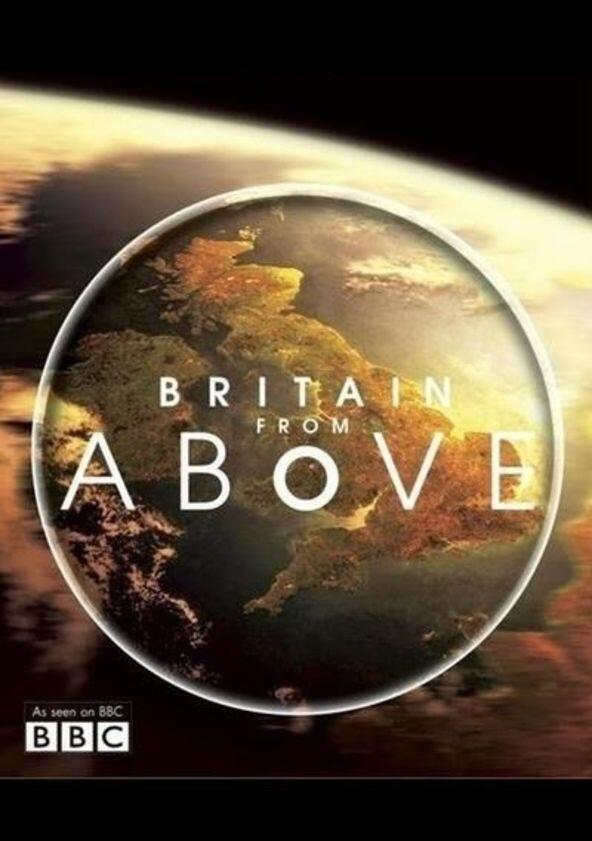
Season 1

Episodes

24 Hour Britain
From helicopters, planes, hang gliders and satellites, we see the picture of a nation constantly on the move with beautiful, varied and often mysterious landscapes. Swooping over towns and cities allows Andrew Marr to see them from a new angle as he meets the people whose work takes them high above us to monitor and manage the networks that keep the country working.
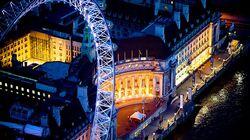
The City
Revealing the transformation of Britain's most important city: her capital, London. Starting with amazing Luftwaffe aerial photographs of the very first bombs of the Blitz falling on a vulnerable city, we track the changes that came out of five years of bombing.
Comparing exhaustive footage of London in the 40s with the city of today, we see how great plans for urban renewal were stillborn and, instead, London rebuilt itself in an ad hoc way along old street patterns.
The only exception to this was the dramatic city that rose from the derelict docklands. Where Canary Wharf had a blank canvas and used it to create an American style grid of streets and huge buildings, the city itself was faced with squeezing ever more bizarrely-shaped buildings into its confused medieval street plan.
The story of a capital that has been transformed from a low-rise, smog-ridden industrial city into an upwardly mobile, rapidly changing hub of leisure, retail and finance.

Manmade Britain
Andrew Marr goes on a journey to discover how some of the greenest landscapes in the British Isles were in fact shaped and moulded by human hands down the centuries.
He looks at the ancient 'wild wood' and Iron Age forts lurking in Britain's forests to the present-day strain modern economic needs put on the countryside, and how town planners restrict urban growth through the establishment of greenbelt areas.
He also looks down on Britain's national parks to show how we go to extraordinary lengths to preserve them as beautiful but artificial playgrounds. We also see how Britain's rugged landscape is used as the ideal testing ground for the Eurofighter.
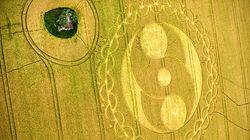
The Land
Turning back time and drawing on previously unseen archive footage and photography to focus on the dramatic transformation of Britain's cities, landscape and industry. Focusing on the period since the Second World War, Britain from Above explores the greatest period of change in the nation in the last 200 years.
Nowhere shows the transformation that has swept the British countryside in the last 60 years more than East Anglia. Aerial photographs taken by both the RAF and the Luftwaffe before the war show an isolated rural landscape of small fields, hordes of labourers and horse drawn ploughs. But all that changed. Sparked by the war itself, East Anglia became the crucible of a land revolution as its agriculture was industrialised faster and on a larger scale than anywhere else.
Today hedgerows, horses and farm workers have all gone. While the number of people working on the land has collapsed, rural villages have grown, bursting through their old boundaries as commuters arrive. New roads and new employers such as Stansted Airport have heated up an already fast growing economy and the impact on the landscape can be clearly seen from above.
Using hitherto unseen land-use maps of the 1930s, together with wartime aerial reconnaissance photos, the programme reveals how and why East Anglia, and by extension Britain's rural landscape, has been shaped the way it has. Today we see a landscape under ever greater pressure from new housing, crowded roads and the sudden surge in food prices which makes farmland ever more valuable.
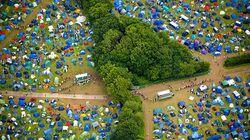
Untamed Britain
Andrew Marr microlights and paraglides through the skies, getting a buzzard's eye view of the nation's untamed and untameable landscape. Along the way, he joins geologists, meteorologists, amateur photographers and festival goers to explore Britain's geology, the impact of the weather on our shores and the riches hidden beneath our feet.
Microlighting down the Great Glen Fault in the Scottish Highlands, Andrew learns about the very origins of the nation, where England and Scotland collided over 400 million years ago. In Northern Ireland, he discovers where geologists looked down from above at a river containing gold flowing through the Sperrin Mountains. While paragliding on the Welsh borders, he finds out how to read the clouds before flying over the east coast of Norfolk, where the wind's destructive powers are shown to devastating effect.
Geology and weather also affect the country's wildlife and satellite tracking demonstrates the migration of birds from Senegal and Siberia to Britain's shores. Using thermal imaging that is normally employed to search out insurgents in war zones, the shy Sika deer is tracked along the land on Lulworth Range.
He concludes his journey at the Glastonbury Festival, where for three days a miniature society flowers which is crowded, cheerful, dirty and mildly anarchic, and which has a transport system that only just works - features that sound vaguely familiar to Andrew.
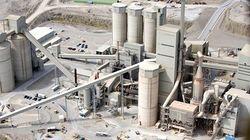
The Industrial Landscape
The story of how Britain's industrial heartlands have been transformed in the space of a single lifetime.
In 1939, the Luftwaffe secretly photographed the backbone of the British economy: the valleys of South Wales where the great coalfields powered the nation; Swindon, at the heart of Britain's railway network; and Manchester, home to the great port of Salford and the world's largest industrial estate Trafford Park.
Comparing those images with ones from 2008, the sheer scale and speed of change becomes vividly apparent. Where there were factories there are fields; mining villages no longer have mines; docks have been replaced by high-spec waterside apartments. Seen from above, it is clear that no other aspect of the nation has changed so much or so quickly. It is a story of evolution, adaptation, and in some places, extinction.
Recently Updated Shows

Invasion
Earth is visited by an alien species that threatens humanity's existence. Events unfold in real time through the eyes of five ordinary people across the globe as they struggle to make sense of the chaos unraveling around them.

Peacemaker
This James Gunn-created series continues the saga of Peacemaker, a vainglorious superhero/supervillain who believes in peace at any cost — no matter how many people he has to kill. After a miraculous recovery from his duel with Bloodsport, Peacemaker soon discovers that his freedom comes at a price.

48 Hours
48 Hours is a CBS news magazine that investigates intriguing crime and justice cases that touch on all aspects of the human experience. Over its long run, the show has helped exonerate wrongly convicted people, driven the reopening -- and resolution -- of cold cases, and changed numerous lives. CBS News correspondents offer an in-depth look into each story, with the emphasis on solving the mystery at its heart. The program and its team have earned critical acclaim, including 20 Emmys and three Peabody Awards.

Wednesday
Smart, sarcastic and a little dead inside, Wednesday Addams investigates a murder spree while making new friends — and foes — at Nevermore Academy.

Shifting Gears
Shifting Gears centers on Matt, a stubborn, widowed owner of a classic car restoration shop. When Matt's estranged daughter and her teenage kids move into his house, the real restoration begins.